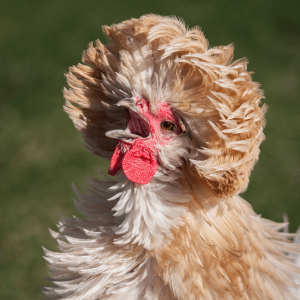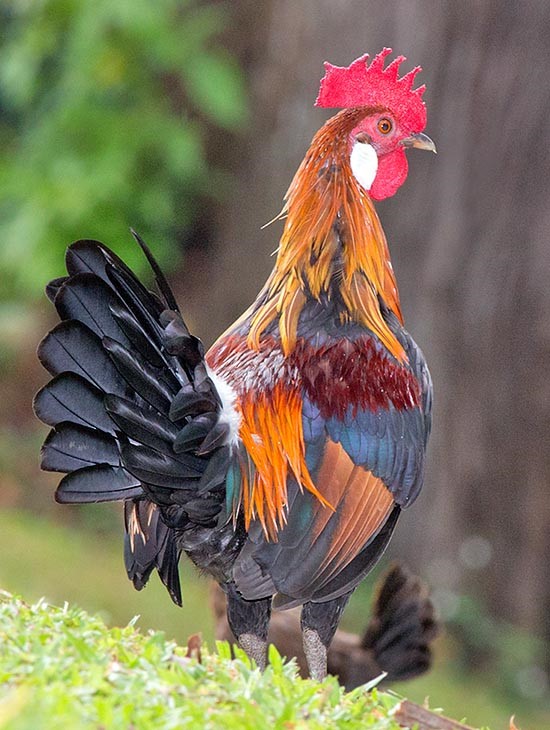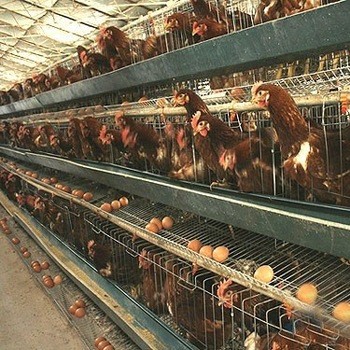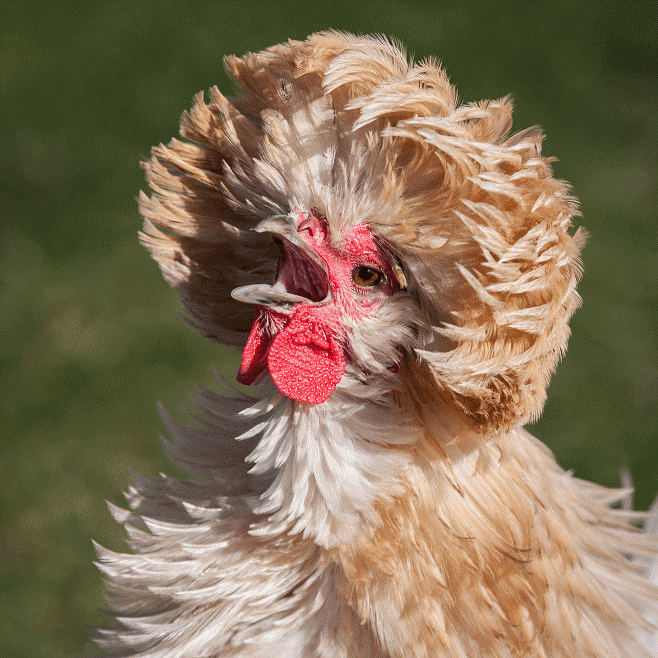By Dave Goodwin
 We’ve all seen them, and many of us will have kept them, but I expect very few of us have stopped to wonder where these little walking triangles came from (and I don’t mean the supermarket).
We’ve all seen them, and many of us will have kept them, but I expect very few of us have stopped to wonder where these little walking triangles came from (and I don’t mean the supermarket).
They have become a globally important source of high quality cheap food and many of us have some form of it at least once a week.
The ‘umble chicken, of course, is now on most of our dinner plates and how can you have an English breakfast without eggs?
First off though, here’s a question for you. There are only 2 places on Earth where you won’t find chickens. Where are they?
A little history
The domesticated chicken has a complex history dating back 7 -10,000 years and if archaeologists are right, the earliest chicken bones were found in northeastern China. In recent years though, research has led to the belief that there are 2 or more wild ancestors and more than one occurrence of domestication muddying the waters further.
The chicken’s forebear is accepted to be the Red Junglefowl (Gallus gallus)

Red junglefoul – Gallus gallus
. This was first proposed by Charles Darwin and later confirmed by DNA analysis. Their range extends from India eastwards, down to the Philippines. The domestic chicken hasn’t deviated much from its wild cousin in behaviour, still browsing on the forest floor for seeds, insects and fruit and barely managing to fly to roost at night.
Three closely related species have been identified from genetic material one of which, the Grey Junglefowl could have contributed to our domestic fowl’s yellow skin. We will probably never discover if these two interbred or domestication occurred separately.
In 2004 the genome of the chicken was finally mapped leading to the discovery that it was the first bird to be domesticated. Having this DNA has allowed study of how domestication can alter species over time. The discovery of two important mutations in the genome, one which regulates glucose metabolism (and obesity) and another that coordinates reproduction and day length could lead to more specific breeds being heavier for the table or more year round egg layers. Whatever your feelings on this genetic modification, there is no doubt the chicken has become a valuable food source.
Once domesticated, the chicken spread quickly across the globe. The Egyptians mastered artificial incubation, while the Romans developed its cuisine and discovered that castrating the male would result in a natural fattening of the bird, thereby creating the capon.
After Rome’s demise, the chicken fell out of favour, wildfowl and waterfowl were prominent; geese, ducks and pigeon gracing many tables. With the discovery of America and the turkey, chickens fell even further down the pecking order.
Chickens in the 20th Century
Keeping chickens was seen as a cottage industry but after the First World War ex-servicemen were encouraged into agriculture and offered training courses in chicken husbandry since very little capital was needed.
It wasn’t until the 1930s that vent sexing was introduced from Japan and male birds were discarded from the flock at a day old. Up until then male birds were identified at 16 weeks and grown on for the table.
Poultry Societies and competitive layer trials were begun to help with egg marketing and development and birds capable of producing 200 eggs over 48 weeks were bred, which considering this was done without modern breeding methods and as free range birds is pretty impressive.
With the outbreak of the second World War, grain was prioritised for human consumption and the poultry population suffered, although with the introduction of rationing people were encouraged to keep rabbits and chickens in their back gardens to supplement their diet.
The Accredited Breeding Scheme was launched in 1947 in order to secure and increase egg production. Hens needed to lay more than 165 eggs over a 48 week period in order to become a ‘breeders grade’ bird. Salmonella testing was also introduced and any birds carrying it were slaughtered. All these measures led to an improvement of pure breed layers until hybrid varieties were introduced in the 1960s. Building on US research the Reading University developed lighting regimes designed to stimulate egg laying from just 18 weeks of age and deep litter management was introduced in the 1950s meaning litter would accumulate for 3 or 4 crops before being cleaned out.
The rise of battery chickens
The biggest change was in the introduction of battery cages for layers in the 1950s and 60s. Cage

Chickens farmed in battery cages
design varied and were designed to hold 4 or 5 birds each in up to 6 tiers with systems designed to remove the waste and provide food. Water troughs lined the front of the cages until the advent of nipple drinkers sited above the food.
From the late 1950s until the mid 70s 250 million Rhode Island Red/Light Sussex hybrid chicks developed in the UK, were sold for egg production followed by the White Leghorn a bird better suited for cage production.
The meat bird, or ‘broiler’, until the second World War was a by-product of the egg industry, tasty but scrawny and also seen as a luxury food for special occasions. A greater demand for capons was then created. These are castrated males that develop the female characteristics of more breast meat. The castration process was tricky though. Removal of the testes was made by extracting them out through the lower chest of the bird. This method was eventually banned and so too was chemical castration, the insertion of a pellet of female hormones into the neck.
In the mid 1950’s specialist broiler birds were introduced from the US, feed rationing having ended in the UK in 1953, giving the industry the boost it needed. These meat birds were the Vantress White Cornish (a result of the “Chickens of Tomorrow” contest in 1947) itself a hybrid of the White Indian Game and White Plymouth Rock which gave consistent uniformity and meat quality.
A 5,000 bird broiler house would turn out 4 crops a year during the 1960’s with birds of 2kg at 63 days. Today they reach that weight in half the time.
All aspects of production were minutely controlled from nutrition and genetics to insulation, humidity, ventilation and vaccinations, turning a ‘luxury’ food into a housewife’s staple for the table from the 1970’s.
I find them endlessly fascinating creatures: excessively dimwitted or bright, standoffish or friendly, gobby or silent, indifferent or inquisitive but always endless poop producers and I couldn’t be without them.
Oh, and by the way, the Antarctic and the Vatican City are the only places on Earth where there are no chickens!

